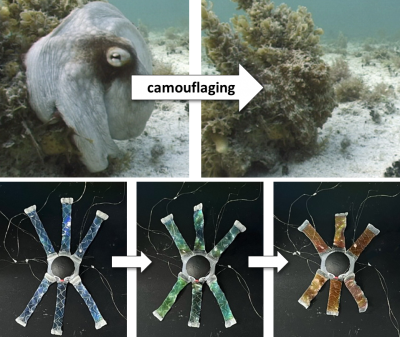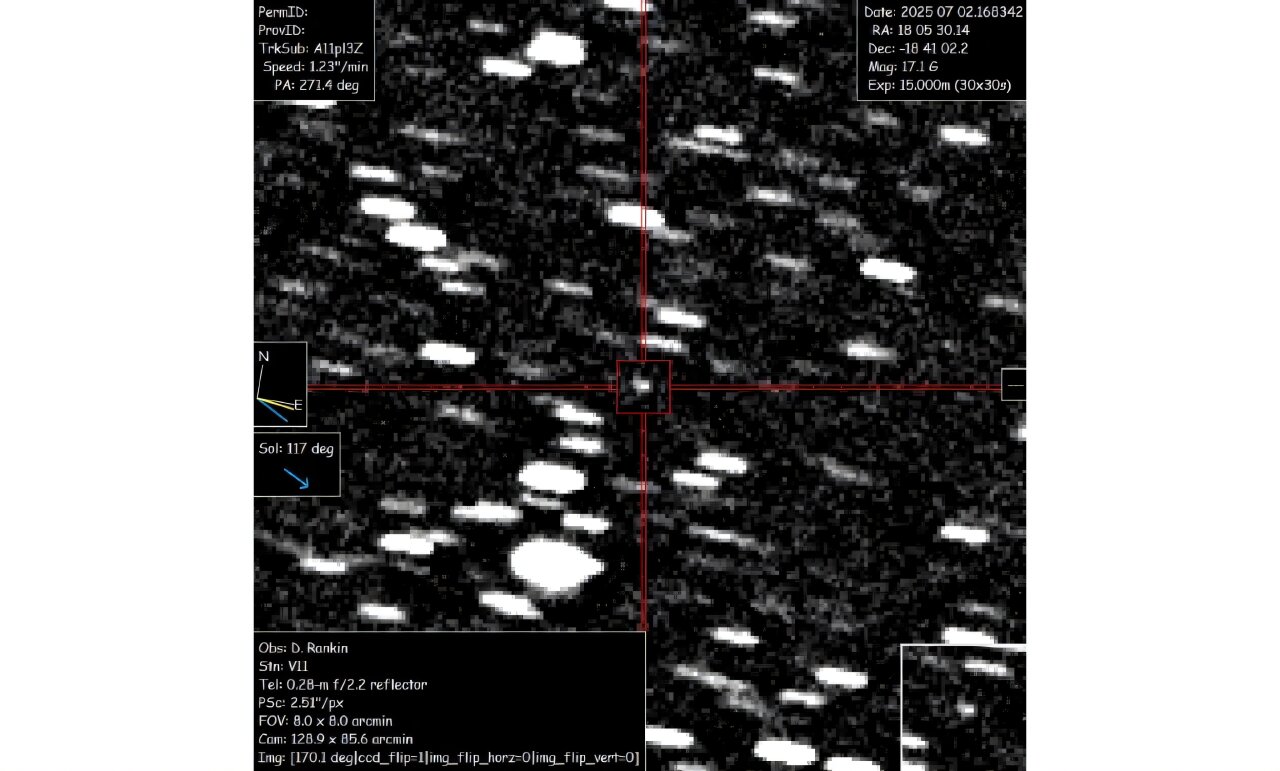Astronomers have confirmed the discovery of an interstellar object racing through our solar system, marking only the third such sighting in history. The object, designated 3I/Atlas, is likely the largest interstellar comet detected to date, according to astronomers on Wednesday. This cosmic visitor is classified as a comet, often described as a “cosmic snowball,” and is believed to be traveling at a staggering speed of more than 60 kilometers per second.
The object was first spotted by a Chile-based observatory that is part of the NASA-funded ATLAS survey. Following its discovery, astronomers worldwide have been delving into past telescope data, tracing its trajectory back to at least June 14. Experts estimate that 3I/Atlas could be between 10 and 20 kilometers wide, making it the largest interstellar interloper ever detected.
Characteristics and Trajectory
Peter Veres, an astronomer with the International Astronomical Union’s Minor Planet Center, explained that 3I/Atlas appears “kind of fuzzy,” with some gas surrounding it and a very short tail reported by a few telescopes. Richard Moissl, head of planetary defense at the European Space Agency, assured that the object poses no threat to Earth as it will pass just inside the orbit of Mars without impacting the planet.
Moissl further noted that the object’s high velocity indicates it is not bound by the sun’s orbit, unlike most solar system objects. “Its trajectory means it’s not orbiting our star but coming from interstellar space and flying off to there again,” he said. The comet is expected to reach its closest point to the sun, known as perihelion, on October 29, before receding and eventually exiting the solar system over the next few years.
Historical Context and Comparisons
This discovery marks only the third time humanity has detected an interstellar object. The first, ‘Oumuamua, was discovered in 2017 and sparked debates about its origin, with some speculating it could be an alien vessel—a theory later disproven by further research. The second interstellar visitor, 2I/Borisov, was spotted in 2019.
Mark Norris, an astronomer at the UK’s University of Central Lancashire, highlighted that 3I/Atlas is “moving considerably faster than the other two extrasolar objects that we previously discovered.” He also pointed out that modeling suggests there could be as many as 10,000 interstellar objects drifting through the solar system at any given time, though most would be smaller than 3I/Atlas.
Scientific Implications and Future Research
While it is not feasible to send a mission to intercept 3I/Atlas, these interstellar visitors offer scientists a unique opportunity to study something outside of our solar system. Jonathan McDowell, an astronomer at the Harvard-Smithsonian Center for Astrophysics, explained that these objects likely form near star systems and are eventually set adrift through the galaxy by gravitational interactions with other stars.
Norris emphasized the potential scientific breakthroughs such objects could offer. “If we detected precursors of life such as amino acids on such an object, it would give us a lot more confidence that the conditions for life exist in other star systems,” he said.
Meanwhile, the newly operational Vera C. Rubin Observatory in Chile could soon be detecting these dim interstellar visitors on a monthly basis, expanding our understanding of the universe and the objects within it.
The discovery of 3I/Atlas not only adds to the growing list of interstellar visitors but also opens new avenues for research and exploration, enhancing our understanding of the cosmos and the potential for life beyond our solar system.





































































